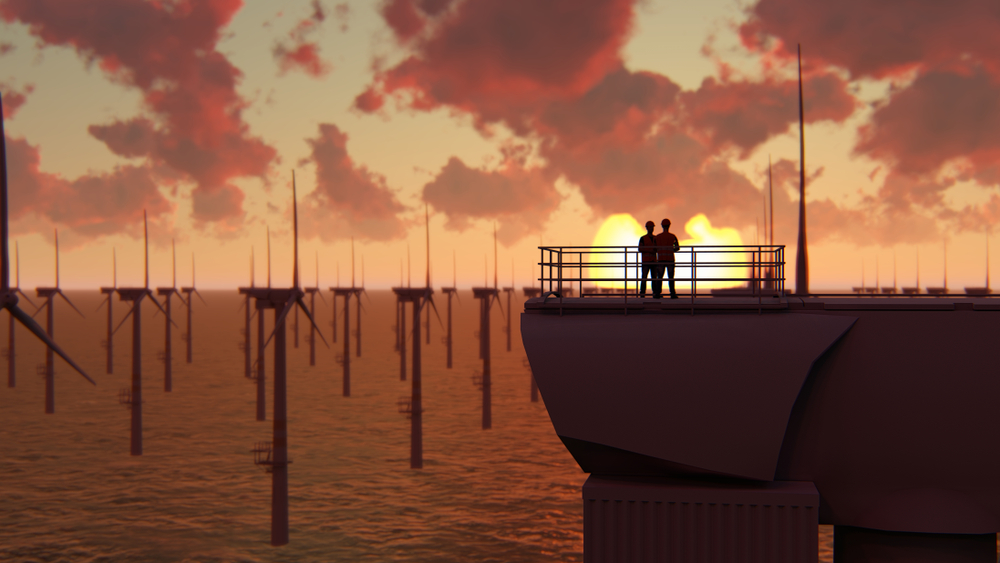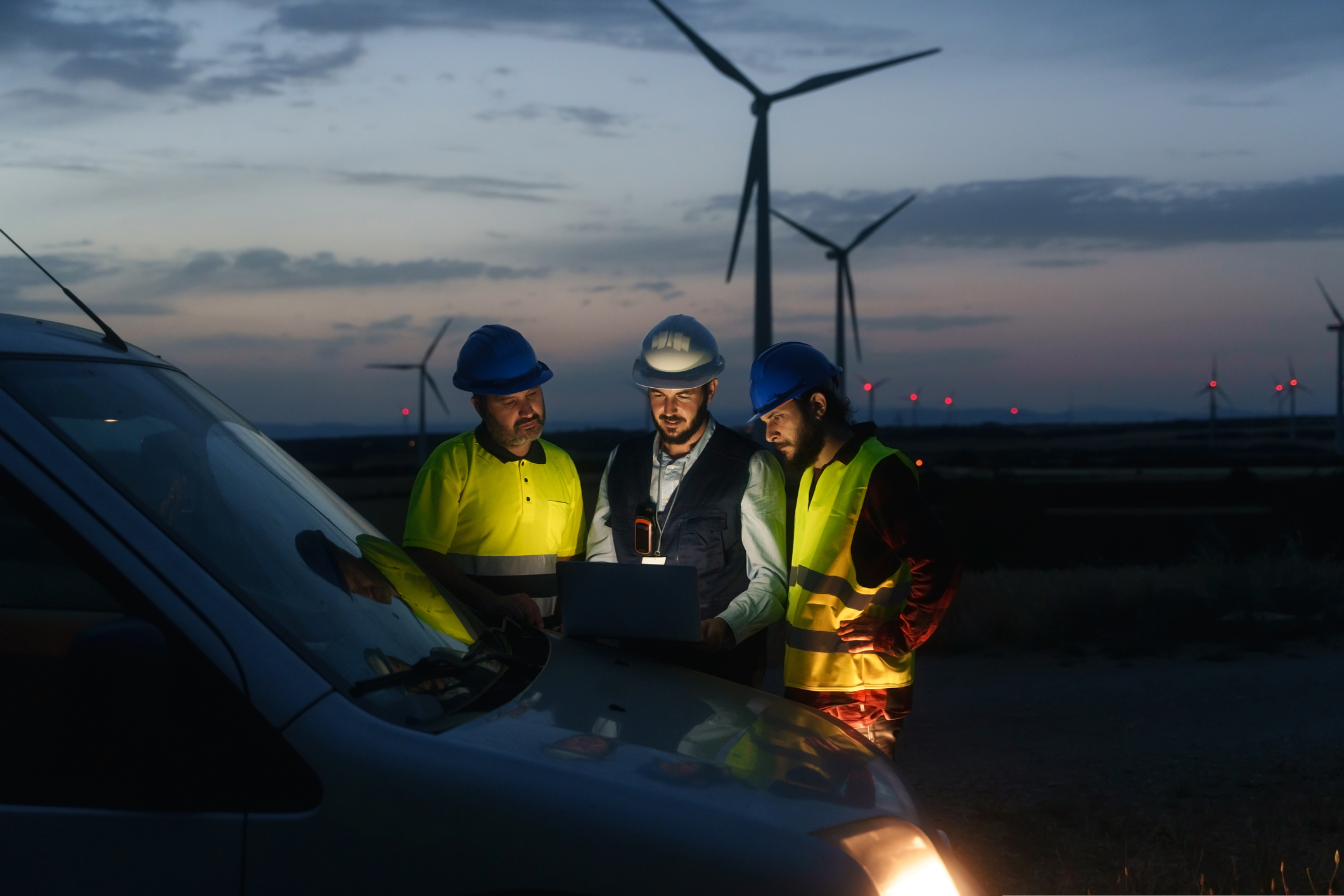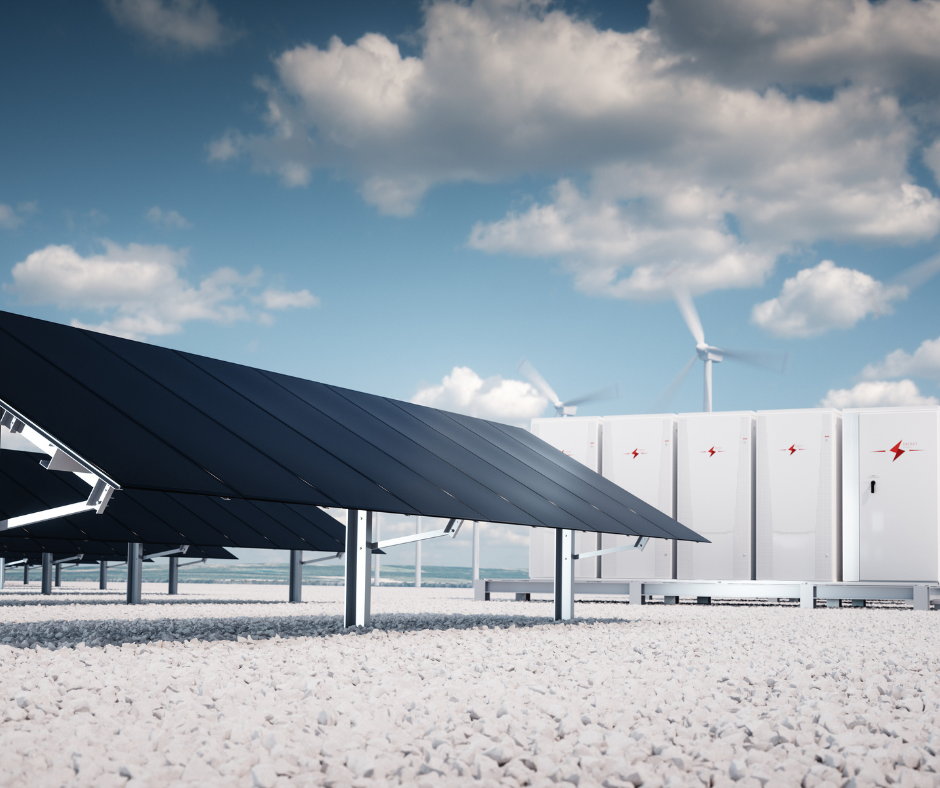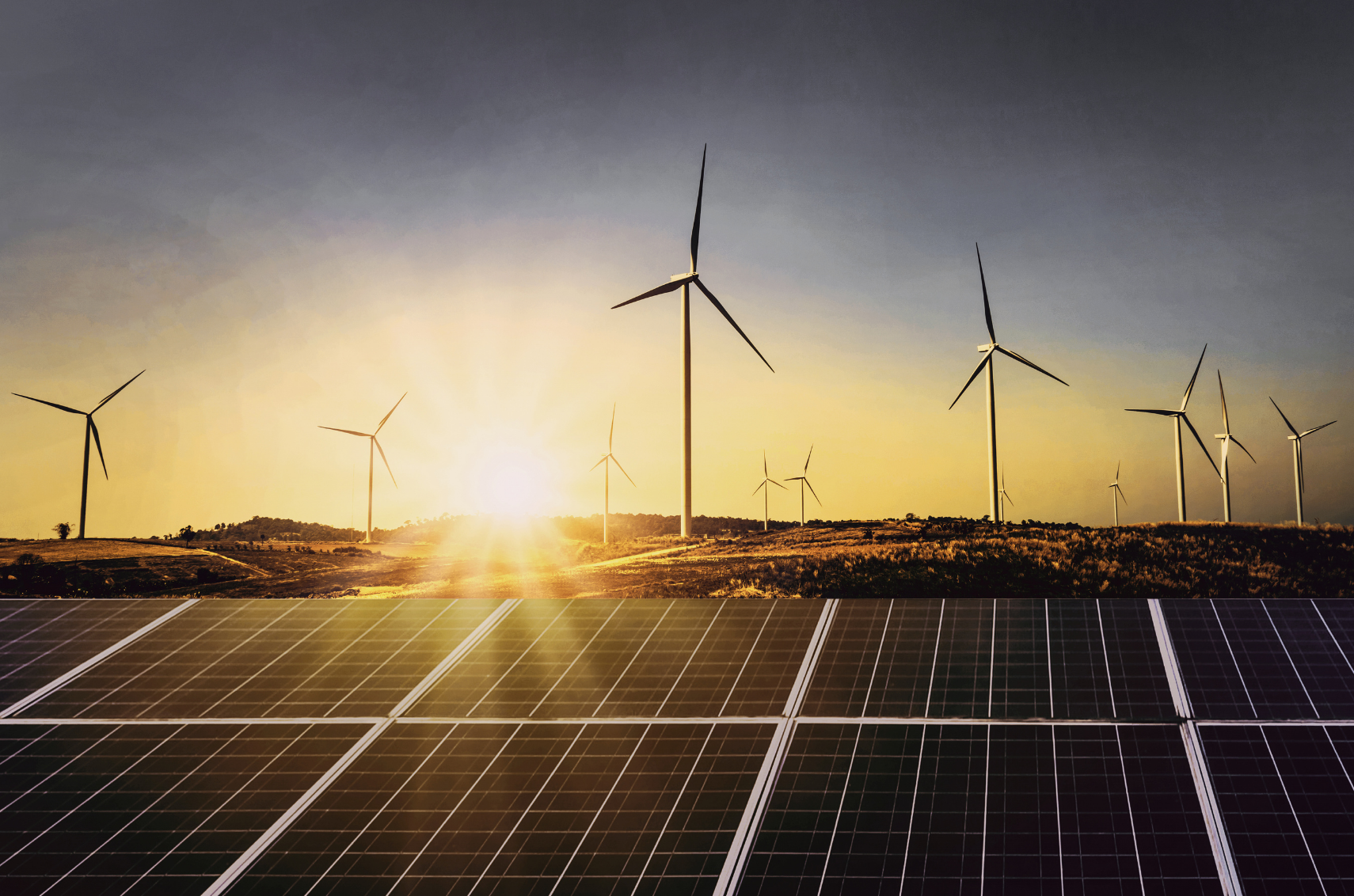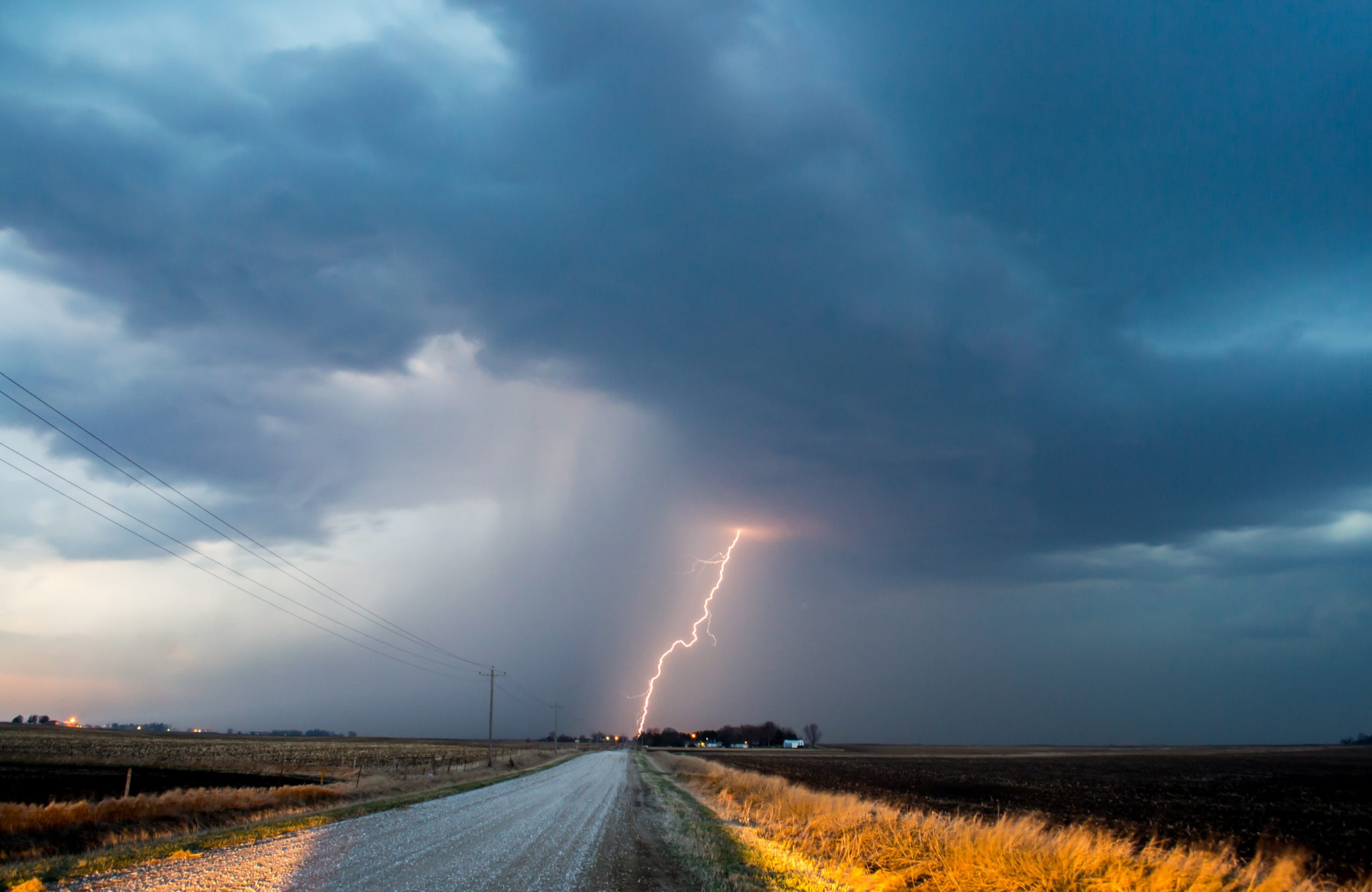The future of the Central Queensland Hydrogen Project CQ-H2 is now uncertain after the new Queensland LNP government pulled any further funding for the project. The previously agreed $1.4b in funding, agreed under the Queensland Labor government, has been rejected by the new state energy and treasurer minister.
The project was part of Stanwell’s green hydrogen strategy, and the removal of funding has now put the project in doubt. The consortium of Australian (Incitec Pivot and Stanwell), Singaporean (Keppel) and Japanese (Iwatani and Marubeni) energy companies was to develop 720MW electrolysers, eventually scaling up to 2.8GW of electrolyser capacity. The government’s view was that the $1.4b of funding was vastly underestimated when reviewing the upgrades required to the water, ports, transmission and hydrogen production, and this would not align with the underlying requirement to produce affordable, reliable and sustainable power for the state.
The Acciona Energia Aldga solar farm (420MW), which is already at the Front Energy Engineering Design (FEED) stage and construction began last April, is also now under threat as the Stanwell Financial Investment Decision (FID) for the initial phase has not yet been made.
This is just the latest blow to the green hydrogen economy, following Fortescue’s withdrawal from the green hydrogen project in the Hunter, and Origin’s withdrawal from the Newcastle, Hunter Valley Hydrogen Hub.
All this de-investment seems in contrast to the federal government’s plans, which, via the “Future Made in Australia” plans, are still forging ahead with incentives, including tax credits from 2027 set at $2/kg of green hydrogen for up to 10 years.
The winners of this tax windfall could be those left standing. Projects such as the Yuri project in the Pilbara region of WA, a 10MW electrolyser powered via solar and batteries run by Engie (French) and Mitsui (Japanese) backing, is already under construction, although delayed by a year to be completed in 2025.
Overall, the landscape for large-scale hydrogen production in Australia has never looked so uncertain. With Canberra’s delay in announcing projects that would receive funding under the Hydrogen Headstart initiative still outstanding, the future continues to remove Australia from the appetite of international investors. This is now only exacerbated by the LNP’s removal of funding in Queensland, a possible indicator of what could occur if we do get a change in government in the next election.

